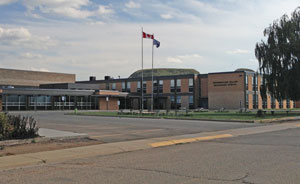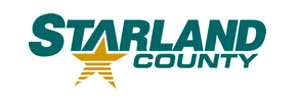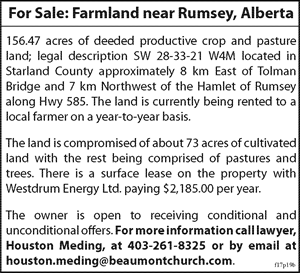
This year DVSS will turn 50 and a few students who were attending when it opened are planning to gather on August 28 to see how the school has changed.
DVSS has been “The Place to be Since ’63,” and a few old students are set to have a trip down memory lane.
This is the 50th year since the Drumheller Composite High School (DCHS), now Drumheller Valley Secondary School (DVSS), was built in Riverside. This ushered in a new era for schools in Drumheller.
As Drumheller grew, so did the need for schools. For years these were built in communities throughout the valley. By 1936, the Drumheller School District had built Central School and the Drumheller High School near Parkdale, and 14 cottage schools. There was also the Red Deer Valley School Division, which encompassed Midland, Nacmine, East Coulee, Western Monarch, Wayne and Rosedale.
In 1963 DCHS opened for students, as part of the Drumheller School Division, it combined a vocational school and high school. It had 14 regular classrooms, as well as science labs, plus a business training area. The vocational section included shops for trades including beauty culture, automotives, electronics, welding, carpentry and drafting. The school included a large library combined gym and auditorium, a cafeteria and a residence capable of housing 100 students.
While it was a modern state of the art facility, in less than five years a $1 million addition was built on to the school to keep up. This included a kitchen space and a farm mechanics department to the vocational side. The academic area of the school, was also expanded.
The creation of the school helped usher in a new age for the valley. A few years later Greentree School was built as a junior high school and in 1969, the Drumheller and Red Deer Valley school divisions amalgamated, and education was centralized away from the small cottage schools.
DCHS has gone through a number of changes through the years including the addition of the junior high program and the international program, which also reopened the dorms.
In 2011, DCHS reopened as DVSS after an extensive modernization ready to serve the next generation of students in Drumheller
Russell Bixby was in Grade 11 when the school opened. He received a call from an old high school chum Oscar Lefsky who was planning to come through the valley later this month and was hoping to get a look at his old alma mater.
Bixby received permission, and since then has been identifying as many people as he can from his old yearbook, inviting them to come have a look.
He hopes former students from when the school opened can come by DVSS at 3:30 p.m. on Wednesday August 28 for a photo. This might be a good chance to meet some of your former classroom friends and see how the school looks.





























